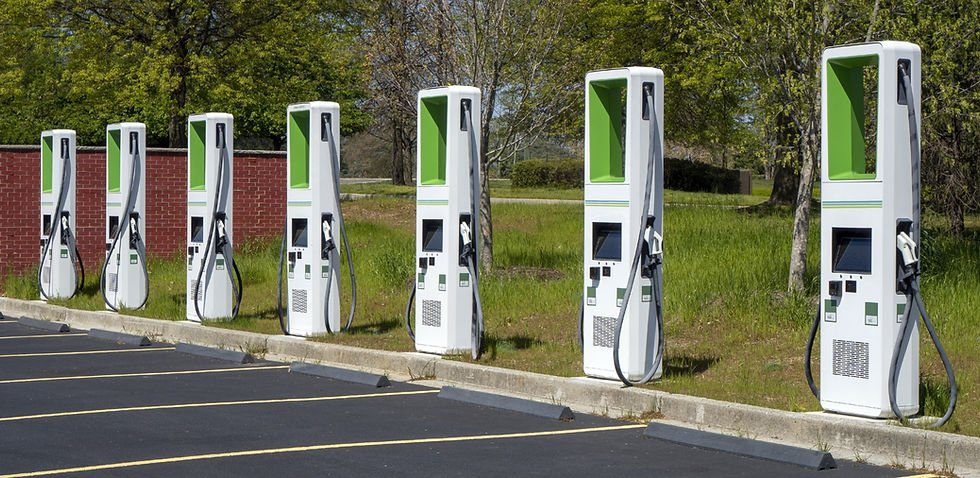Investing in the Circular Economy: A Blueprint for Sustainable Growth
- She Business Time

- Apr 26, 2024
- 2 min read

As the world grapples with pressing environmental challenges and seeks pathways to a more sustainable future, investing in the circular economy has emerged as a promising solution. Unlike the linear "take-make-waste" model, the circular economy aims to keep resources in use for as long as possible, extracting maximum value while minimizing waste and environmental impact. In this blog, we explore the opportunities and benefits of investing in the circular economy, highlighting its potential to drive sustainable growth and create lasting positive impact.

1. A Paradigm Shift in Investment Philosophy
Investing in the circular economy represents a fundamental shift in investment philosophy, moving away from short-term gains towards long-term value creation. Rather than focusing solely on financial returns, investors in the circular economy prioritize environmental and social outcomes, seeking opportunities that generate positive impact across multiple dimensions.
2. Mitigating Risk and Enhancing Resilience
The circular economy offers investors a means to mitigate risk and enhance resilience in the face of environmental and economic uncertainties. By decoupling growth from resource consumption, circular business models are less vulnerable to fluctuations in commodity prices and supply chain disruptions. Investing in circular economy initiatives can thus help diversify investment portfolios and safeguard against systemic risks.
3. Unlocking Innovation and Market Opportunities
Investing in the circular economy fuels innovation and unlocks new market opportunities across various sectors. From renewable energy and sustainable agriculture to circular product design and waste management technologies, the circular economy presents a fertile ground for disruptive innovation and entrepreneurial endeavors. Investors play a crucial role in supporting and scaling these innovations, driving the transition towards a more sustainable and prosperous future.
4. Aligning with Regulatory and Consumer Trends
The regulatory landscape is evolving rapidly to support and incentivize circular economy initiatives. Governments around the world are implementing policies and regulations that promote resource efficiency, waste reduction, and circular business models. By investing in the circular economy, investors can align themselves with these regulatory trends, positioning themselves for compliance and competitive advantage.
Furthermore, consumer preferences are shifting towards more sustainable and ethical products and services. Companies that embrace circular economy principles stand to gain market share and customer loyalty, creating value for investors who recognize and capitalize on these emerging trends.
5. Collaborative and Impactful Investment Strategies
Investing in the circular economy often requires collaborative and interdisciplinary approaches. Impact investors, venture capitalists, corporate strategists, and philanthropic organizations can work together to pool resources, share expertise, and catalyze systemic change. By leveraging their collective influence and resources, investors can amplify the impact of their investments and drive meaningful progress towards a circular and regenerative economy.
Conclusion: Investing in a Sustainable Future
In conclusion, investing in the circular economy offers investors an opportunity to drive positive change while realizing financial returns. By embracing circular business models, mitigating risk, unlocking innovation, and aligning with regulatory and consumer trends, investors can play a pivotal role in shaping a more sustainable and resilient future for generations to come. As we navigate the transition towards a circular economy, let us seize the opportunities that lie ahead and invest in a future where prosperity is built on principles of sustainability, equity, and resilience.
Published By She Business Time


.jpg)
.jpg)
.jpg)
.jpg)
.jpg)



.png)



Comments